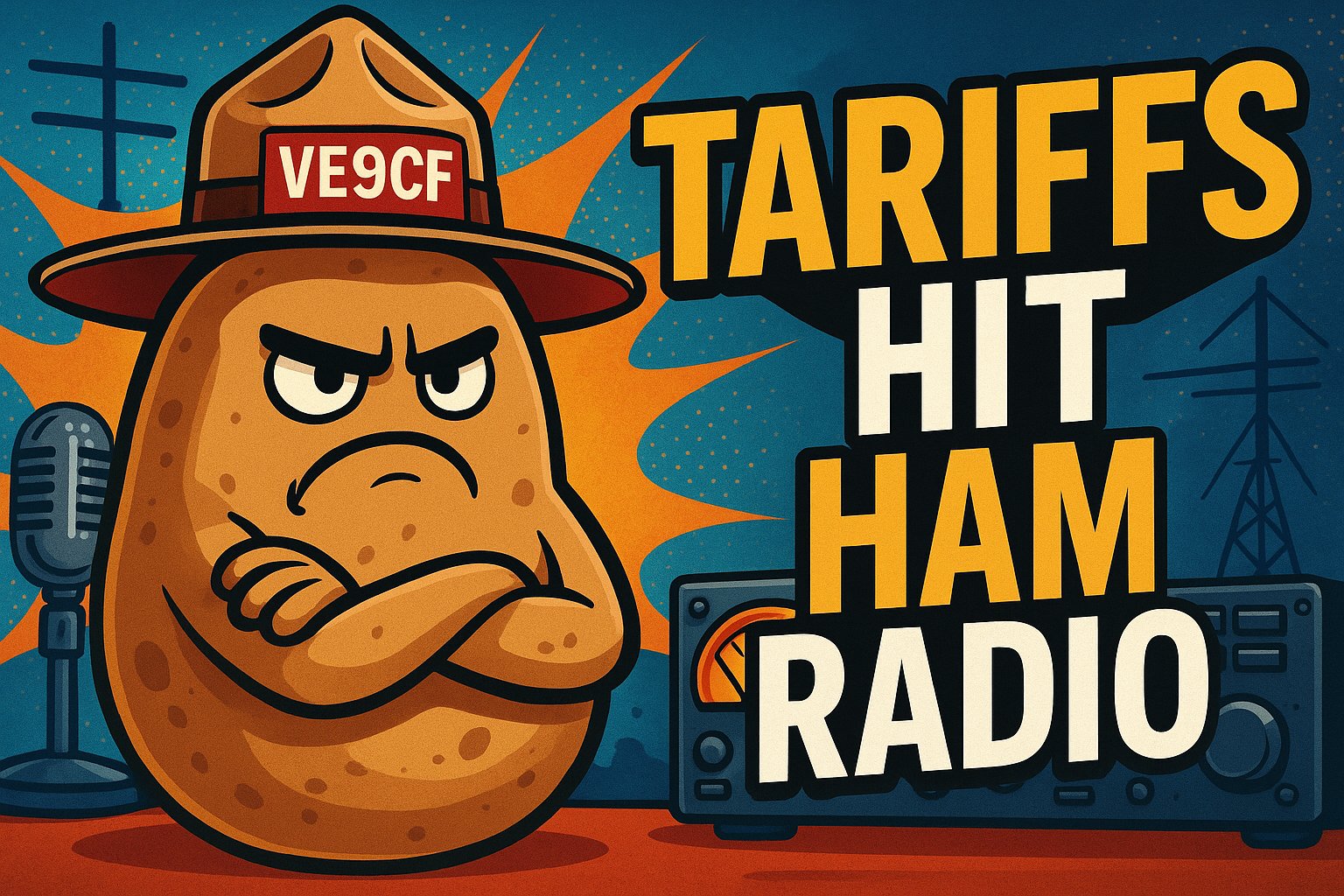Moncton and the Ambition of a '15-minute City': An In-depth Analysis
Nestled in the heart of New Brunswick, Moncton has long stood as a testament to the province's vibrant culture and dynamic spirit. But as with many cities worldwide, the vision of a more sustainable, resident-friendly urban environment — encapsulated in a '15-minute city' — beckons. How well is Moncton positioned to make this leap?
Moncton's Urban Evolution: A Glimpse Into the Past and Present
To understand the present, it's essential to glance back at the past. Moncton and its neighbours Dieppe and Riverview have enjoyed a storied urban development trajectory. The Greater Moncton Area (GMA) has been experiencing growth spurts recently, but the primary focus seems tilted toward the middle and upper-middle-class sectors. Often sprawling and vast, housing developments seem to overshadow comprehensive urban planning. While such rapid development addresses immediate housing needs, it's worth asking if it caters to the long-term vision of sustainable city planning.
Historical remnants of Moncton's urban culture, like the corner stores on Second Avenue, showcase an era where essential amenities were within arm's reach. Residents reminisce about these old-world charms and their convenience, contrasting starkly with the current decentralization trend.
The Challenge of Transportation: Cars, Buses, and EVs
Decentralization inherently ties residents to personal vehicles, making the cityscape car-dependent. Moncton's response to the increasing popularity of Electric Vehicles (EVs) is notably cautious. While the debate around making EV charging stations mandatory in new builds continues, it's essential to note that the infrastructure for such advancement is not prohibitively expensive. Moreover, a proactive step towards promoting EVs can significantly reduce the city's carbon footprint.
Public transit in Moncton, meanwhile, needs rejuvenation. Infrequent bus timings deter many potential users. While in some cities, opting for a bus over a personal vehicle is a choice of convenience and sustainability, in Moncton, it often comes down to practicality. A more frequent, expansive, and efficient public transit system could dramatically alter this perception and serve as the backbone for the 15-minute city vision.
Redefining the Urban Blueprint: Potential Avenues for the Future
Despite the challenges, Moncton's roadmap holds promise. As highlighted by the City Planner, the Municipal Plan showcases a pivot toward a denser residential blueprint for the downtown core. Such a strategy aligns with the 15-minute city model, emphasizing local services, active transportation modes like walking and biking, and reduced vehicle dependence.
Furthermore, the existing urban fabric of Moncton presents vast potential. There's a case for rejuvenating the downtown area, making it family-friendly, and tapping into the existing infrastructure rather than building anew in distant locations. By making downtown living attractive for families, there's an opportunity to reverse the tide of decentralization.
However, it's also essential to recognize the diverse needs of Moncton's residents. While many urbanists decry sprawl, suburbs serve a significant portion of the population that values space and a different pace of life. The challenge is integrating these suburbs into the 15-minute city vision. One approach could be drawing inspiration from early streetcar suburbs, where residential spaces seamlessly transitioned into commercial thoroughfares.
Conclusion
Moncton stands at a crossroads. The path towards a sustainable, integrated, and resident-friendly 15-minute city is challenging. But Moncton could pave the way for future cities worldwide with thoughtful urban planning, a rejuvenated public transit system, and a commitment to both immediate and long-term goals. The dream of residents accessing their needs within a 15-minute walk or bike ride isn't distant; it requires vision, action, and an unwavering commitment to the community.






